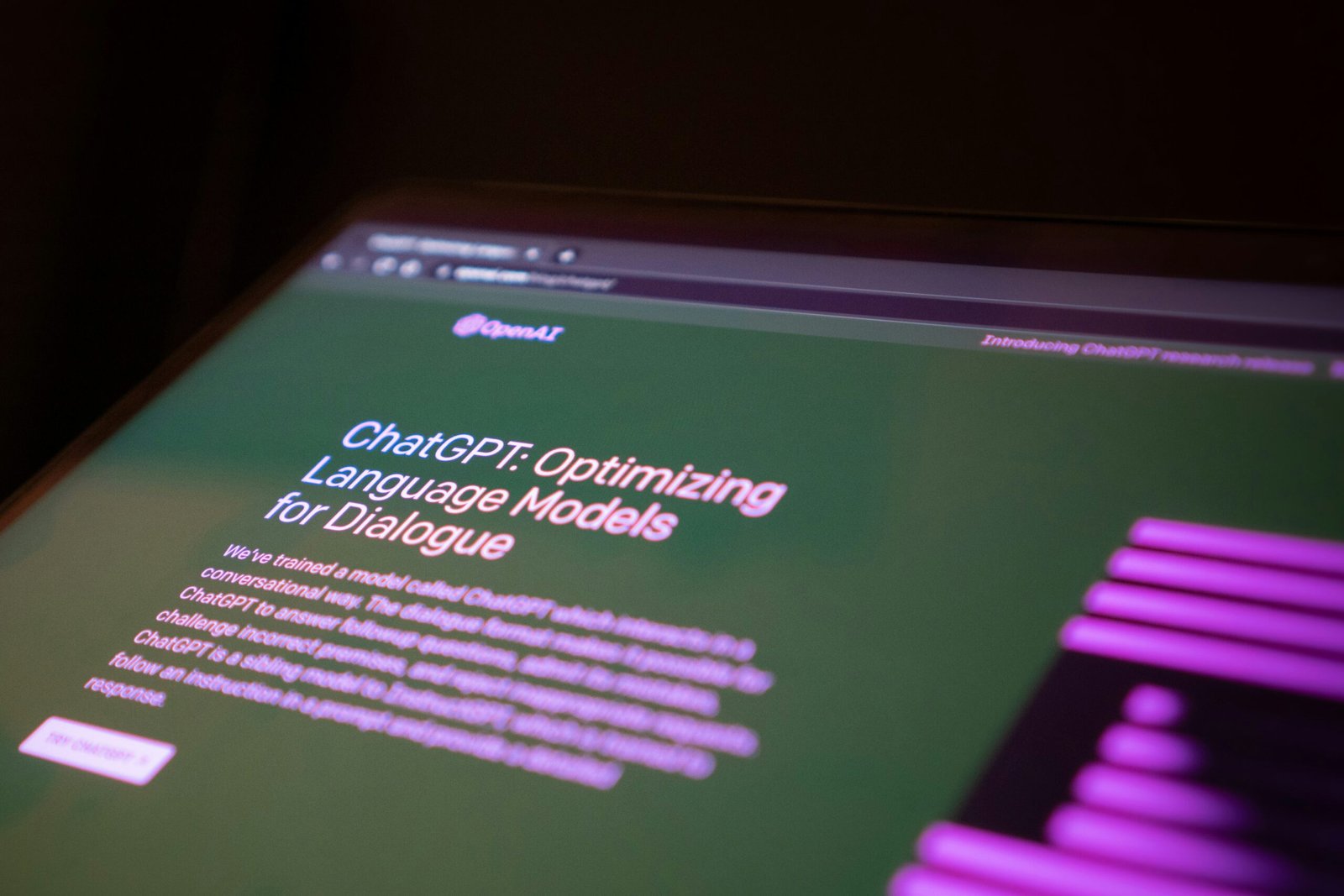Understanding Real-Time Language Translation
Real-time language translation refers to the capability of converting spoken or written content from one language to another almost instantaneously. This process aims to facilitate communication across linguistic barriers while maintaining the contextual meaning of the original message. Historically, translation involved human translators who would painstakingly convert text or spoken word, relying on their extensive language knowledge and cultural understanding. While this method remains relevant, the increasing demand for instantaneous communication has catalyzed the development and implementation of real-time translation technologies.
The evolution of language translation has witnessed significant milestones, particularly with the advent of machine translation and AI. Machine translation, which initially operated on basic algorithms and dictionaries, has progressed to incorporate advanced statistical and neural network models. These enhancements allow for a more contextual understanding of language, resulting in improved fluency and accuracy of translations. Human translators have historically played an essential role, leveraging their cognitive skills to interpret nuances, idioms, and cultural references. However, the shift towards AI-driven solutions has transformed this field dramatically.
AI technologies, equipped with machine learning algorithms, have become increasingly capable of performing real-time translations that mirror human-like comprehension. Prominent applications include multilingual virtual assistants, video conferencing tools, and multilingual chatbots, which reflect the necessity for speed and accuracy in modern communication. With organizations expanding their global reach, a reliable and efficient method of translation is paramount. The advent of AI not only enhances response times but also improves overall user experience, resulting in elevated engagement across diverse audiences. Therefore, understanding the mechanics, benefits, and implications of real-time language translation is essential in appreciating AI’s profound impact on communication.
How AI Technologies Enhance Language Translation
The realm of language translation has significantly benefited from the advent of artificial intelligence (AI) technologies, which have introduced a level of precision and efficiency previously deemed unattainable. Central to this transformation is Natural Language Processing (NLP), a branch of AI that empowers machines to understand and interpret human language. Through the application of NLP, systems can analyze text, discern meaning, and recognize context, which are critical for accurate translations. NLP techniques allow algorithms to break down languages into their grammatical structures, enabling nuanced translations that reflect intended meanings rather than mere word-for-word substitutions.
In conjunction with NLP, machine learning algorithms play a vital role in enhancing language translation capabilities. These algorithms are trained on vast datasets, allowing them to learn patterns and structures from numerous languages over time. By employing statistical methods and data-driven approaches, machine learning facilitates the continuous improvement of translation accuracy. This dynamic learning process allows AI systems to adapt to colloquialisms, idiomatic expressions, and evolving language trends, ensuring that translations remain relevant and contextually appropriate.
Another critical technology is the neural network, particularly deep learning models, which have transformed the speed and quality of machine translation. Neural networks process complex data structures and enable models to identify intricate relationships between words and phrases in different languages. Notably, pre-trained language models such as GPT (Generative Pre-trained Transformer) and BERT (Bidirectional Encoder Representations from Transformers) have further elevated translation quality. These models boast substantial advancements in context-awareness, capturing subtleties in the language that traditional machine translation systems may overlook. As a result, the integration of these advanced AI technologies paves the way for highly efficient and accurate linguistic communications across various domains.
Applications of Real-Time Language Translation Using AI
Real-time language translation powered by artificial intelligence (AI) has become increasingly integral across various industries, fostering improved communication and collaboration. One prominent application is in business meetings, where AI-driven translation tools facilitate seamless interaction between multinational teams. These tools enable participants to communicate in their native languages, thereby increasing engagement and reducing misunderstandings. As a result, decision-making becomes more efficient, and a diverse range of perspectives can be considered.
In the realm of customer service, companies are leveraging AI technologies to provide immediate assistance to clients from different linguistic backgrounds. By integrating AI translation into chatbots and support systems, businesses not only expand their customer base but also enhance the overall service experience. Customers can receive instant responses in their preferred languages, leading to higher satisfaction and loyalty rates.
The travel and tourism sector has also witnessed significant advancements thanks to real-time translation capabilities. Tourists can access translation applications while navigating new environments, making communication with locals more manageable. This not only enriches the travel experience but also promotes cultural exchange, as travelers can engage more deeply with local customs and practices. For instance, restaurants utilizing AI translation tools can cater to diverse clientele, thus broadening their appeal.
Moreover, in the field of international relations, AI-driven translation aids diplomatic efforts, allowing for clearer communication between countries. By minimizing language barriers, important treaties and agreements can be discussed and negotiated more effectively, ultimately contributing to global stability and cooperation.
Overall, the applications of real-time language translation using AI are varied and far-reaching, enhancing operational efficiency, improving relationships, and fostering a more connected world.
Challenges and Future Prospects for AI in Language Translation
Real-time language translation powered by artificial intelligence (AI) presents a myriad of challenges that must be addressed to enhance its effectiveness. One significant hurdle is the AI’s ability to comprehend context. Unlike humans, who can leverage contextual cues to derive meaning, AI systems often struggle with understanding the subtleties of language, particularly when a statement’s meaning shifts based on situational factors. This limitation is especially pronounced when dealing with slang and idiomatic expressions that vary widely between cultures, making accurate translation difficult.
Furthermore, cultural nuances play a crucial role in effective communication and are often lost in AI translations. Each language embodies its unique cultural heritage, and many expressions are intrinsically linked to local customs, traditions, or social norms. As a result, ensuring that AI can recognize and appropriately handle these nuances is essential for preserving the message’s integrity. Additionally, ethical considerations, such as potential biases inherent in AI models, merit attention. Since AI systems learn from existing datasets, any imbalances or prejudices present in their training data can lead to biased translation outputs, inadvertently perpetuating stereotypes or misrepresenting cultural identities.
Looking toward the future, advancements in natural language processing (NLP) and machine learning hold promise for overcoming these challenges. Enhanced AI models are likely to demonstrate improved understanding of context and culture, thereby yielding more accurate translations. Researchers are exploring techniques like context-aware embeddings and neural networks to facilitate this progress, which could significantly enhance global communication. However, the evolving landscape of language translation raises important considerations regarding the role of human translators. As AI increasingly complements and potentially replaces human efforts, there may emerge a renewed emphasis on the need for human insight in nuanced language situations, ensuring that technology augments rather than erodes the subtleties inherent in human communication.








